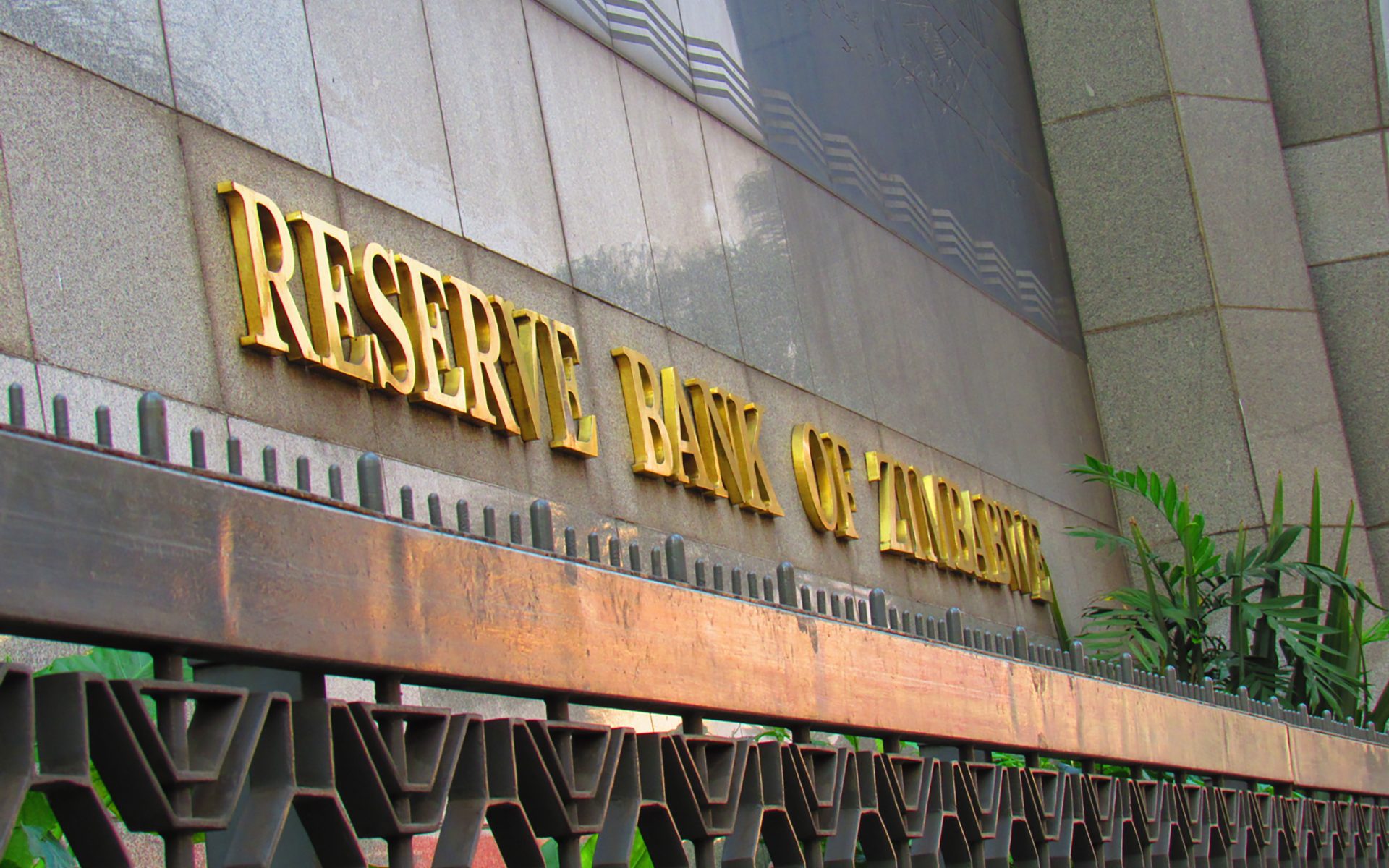The contribution of gold to the Zimbabwe’s export earnings and economy can never be over-emphasised. The yellow metal has been a consistent performer on the country’s export commodity charts for the past 10 years. This year, gold prices have risen to a seven-year high of US$1 742 per ounce (as of June 1) on the world market as investors flock to gold which is traditionally deemed a safe haven, and this may work to Zimbabwe’s advantage.
Gold has been bullish as a result of increased tensions between the United States and China, geopolitical strains for oil-producing countries, decline in business productivity and currency depreciations due to the coronavirus pandemic. Zimbabwe raked in US$1,3 billion in export earnings from 27,6 tonnes of gold in 2019, up from US$1,1 billion recorded from an all-time high output of 33,2 tonnes in 2018. This year’s output is expected to increase to 30 tonnes on the back of upward reviews of retention thresholds by Fidelity Printers and Refiners (FPR), the gold-buying arm of the Reserve Bank of Zimbabwe (RBZ).
On May 26, the RBZ reviewed gold retention thresholds in a move which will see large-scale producers getting 70% of their export proceeds in foreign currency through their nostro accounts, while the remaining 30% will be paid in Zimbabwean dollars using the ruling interbank rate (currently fixed at ZW$25 to the US dollar).
Gold-buying agents and artisanal miners will be paid 100% in foreign currency at a flat price of US$45 per gram for fine gold. However, small-scale miners feel they deserve the same arrangement offered to large-scale producers since they now contribute 63% of the gold in the country. Currently, one gram of gold is fetching US$56 on the world market and prices are expected to remain bullish.
Side marketing and smuggling
The unfavourable export retention scheme of 55% to the miner and 45% to the central bank had seen a massive decline in gold deliveries to FPR and rampant smuggling of the yellow metal. Last year, the Zimbabwean government admitted that only a third of gold produced in the country is delivered to FPR. The bulk of the gold, worth over US$1,5 billion (over 35 tonnes), is lost through smuggling cartels that have influence in the entire value chain from artisanal miners on the ground to international buyers that export the mineral to South Africa and Middle East.
Parallel market gold buyers have been paying cash to small-scale miners, taking advantage of the uncompetitive retention scheme and delays by FPR to pay for delivered gold. It has been alleged that large-scale producers have also been under-declaring their output while selling their gold via small-scale producers and side marketing produce to parallel market buyers. This means that the country loses billions of dollars in foreign currency and millions in potential tax revenues every year.
Challenges for large-scale producers
Zimbabwe has seen a shift in Gold production in the last five years with operational challenges for yester year primary producers such as Freda Rebecca Mine (Bindura), RioZim (Renco and Cam & Motor Mines), Metallon Gold (How, Mazowe, Shamva & Redwing Mines), Falcon Gold (Dalny, Venice & Golden Quarry Mines), Bilboes Gold (Isabella, Bubi, When & McCays Mines), Sabi Gold Mine and Duration Gold Mine.






